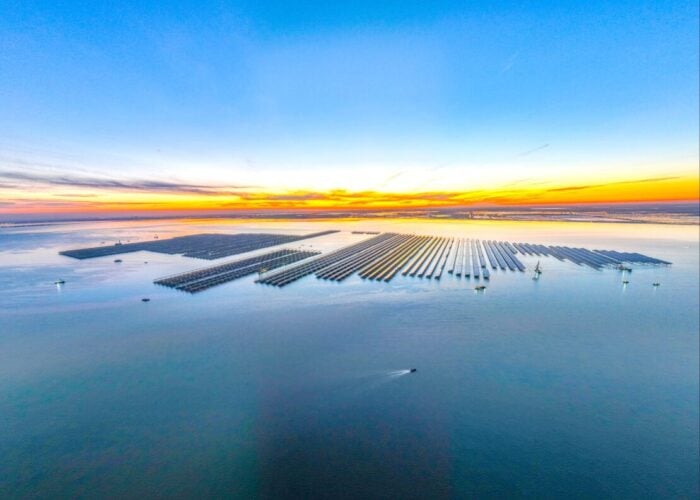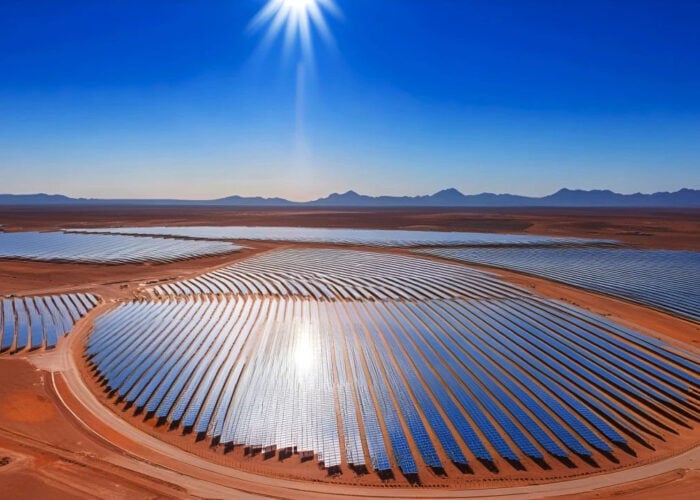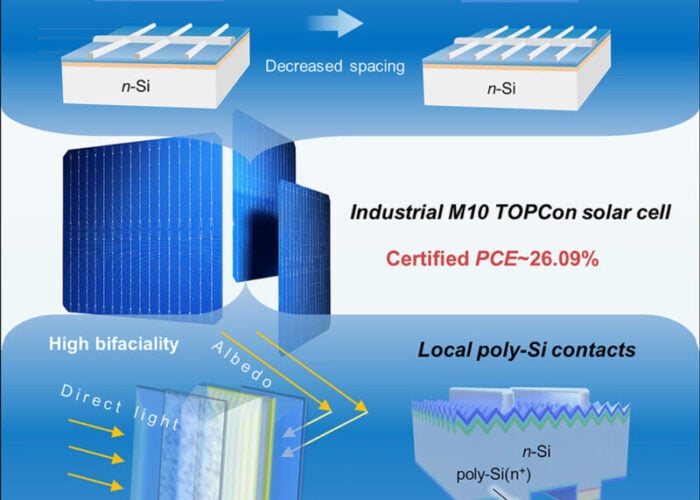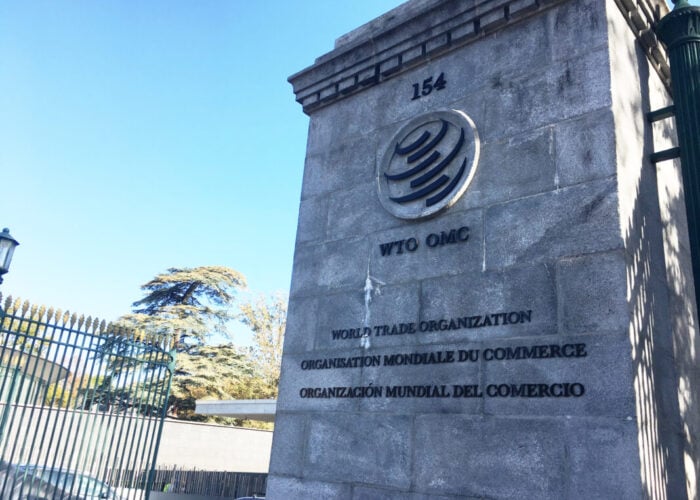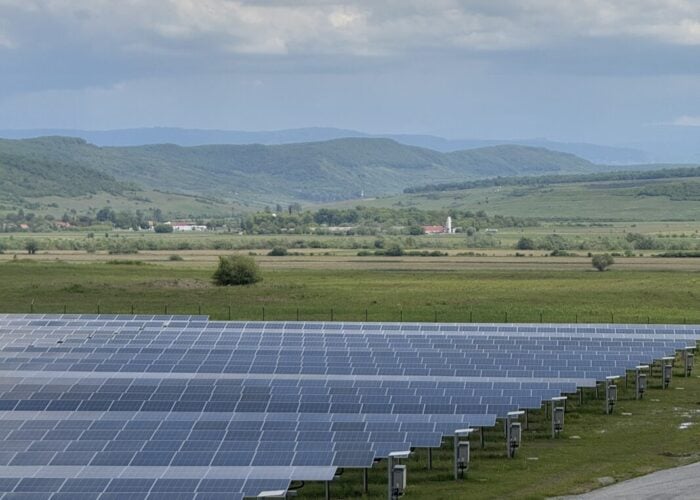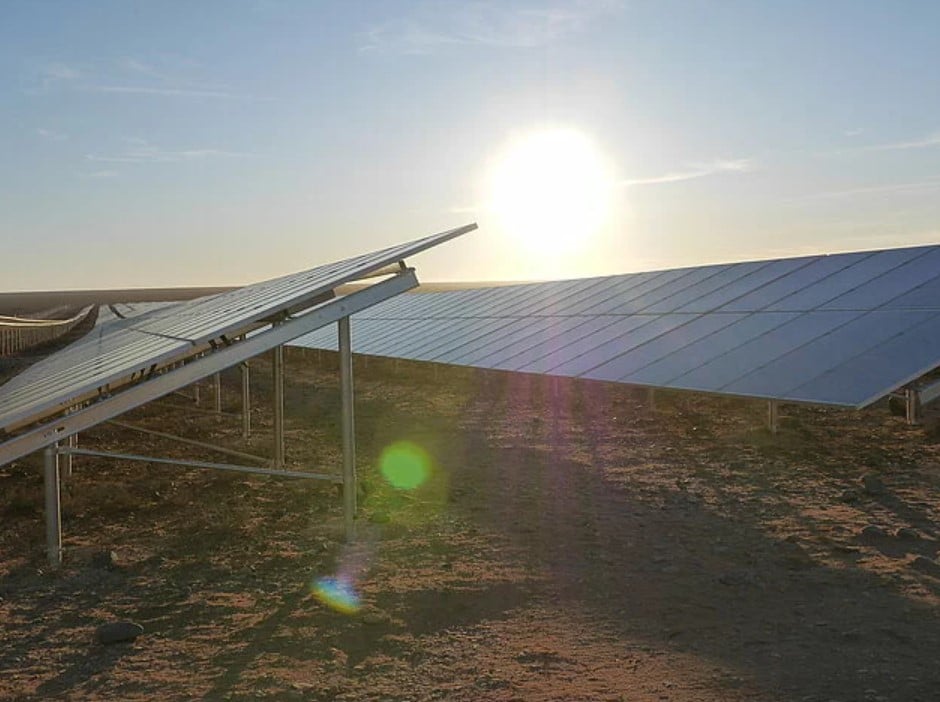
Africa imported over 15GW of solar panels from China in the 12 months to June 2025, a 60% increase over the previous 12 months.
This is the headline figure from the latest report into the African solar sector from think tank Ember, published today, which found that African imports of Chinese modules totalled 15,032MW. While this figure is itself not a huge surprise – Africa has a growing solar sector and China continues to dominate global solar module manufacturing capacity – the report notes that much of this growth came from outside South Africa, which has historically been the largest solar market on the continent.
Try Premium for just $1
- Full premium access for the first month at only $1
- Converts to an annual rate after 30 days unless cancelled
- Cancel anytime during the trial period
Premium Benefits
- Expert industry analysis and interviews
- Digital access to PV Tech Power journal
- Exclusive event discounts
Or get the full Premium subscription right away
Or continue reading this article for free
According to Ember, the imports of Chinese solar panels to African countries outside of South Africa nearly tripled, from 3.7GW in the 12 months to June 2023 to 11.2GW in the 12 months to June 2025. This means that South Africa accounted for just under one-third of Chinese module exports to Africa in June 2025, compared to June 2023, when the country accounted for around half of all imports.
“Solar is the cheapest electricity humans have ever invented, and with plenty of sun and space, it’s a great match for many African countries,” Dave Jones, global insights programme director at Ember and author of today’s report, told PV Tech Premium exclusively.
Jones’ comments echo those made by the African Solar Industry Association (AFSIA); earlier this month, its CEO, John van Zuylen, told PV Tech Premium that the low cost of solar panels made solar the “ideal” technology to improve access to electricity in Africa, as the continent passed the milestone of 20GW of operational solar capacity.
However, while van Zuylen suggested that there could be a shift towards more utility-scale installations in Africa, to correct what he called a historic “imbalance” in utility-scale and distributed projects, Jones expects much of the growth to come from the small-scale sector.
“Our preliminary research shows that although growth in utility solar in Africa should be good this year, the scale of imports eclipses this demand, suggesting that much of the growth is coming instead from distributed solar,” said Jones.
Growth across Africa
Both AFSIA and Ember agree, however, that there is considerable growth across the African solar sector beyond South Africa.
The Ember report shows that 20 countries imported at least 30MW of new module capacity from China, setting records for imports in the last 12 months. A further seven countries set records for imports, albeit for “much smaller volumes” than 30MW. Three countries also imported more than 1GW of capacity – South Africa (3.7GW), Nigeria (1.7GW) and Algeria (1.2GW) – while Morocco and Egypt both imported more than 800MW of modules.
“This is early days – many of the solar panel exports aren’t in the country yet, let alone installed,” added Jones. “But we have all seen how quickly change can happen with Pakistan – and many other countries where solar has taken hold.”
The Ember report highlights Pakistan as an example of a rapidly growing solar sector, at least in terms of imports. In the 12 months to February 2024, Pakistan imported more than 10GW of Chinese modules, the first time it had exceeded this milestone, and the first time its imports exceeded those of all of Africa, which sat at 9.6GW over this period.
Pakistan has consistently imported a greater capacity of Chinese modules than Africa, reaching 18GW in the 12 months to June 2025, demonstrating how quickly trends in global trade can change, particularly as markets such as the US look to reduce their reliance on Chinese-made products.
“Africa definitely is a new market for China’s clean tech export, and solar is at the forefront,” said Jones.
Manufacturing viability
Growing reliance on Chinese imports could expose the African solar sector to many of the same supply chain vulnerabilities that have encouraged European and North American markets to look to diversify their supply chains.
Indeed, the Ember report notes that Morocco has recently doubled its manufacturing capacity to 1GW, and points to three gigawatt-scale manufacturing projects currently under development in Egypt, as examples of African countries looking to invest in domestic manufacturing.
This follows growing interest in South Africa, in particular, in collaborations with leading Chinese component manufacturers to use such products in module assembly plants based in South Africa.
However, when asked about this trend, Jones said that the relatively low cost of importing modules means that Africa should aim to acquire modules to meet its electricity demands, rather than invest in manufacturing.
“Now that solar panels have become so cheap, the real value for most African countries is not in manufacturing solar panels, but in better harnessing the cheap electricity that they provide,” said Jones.

